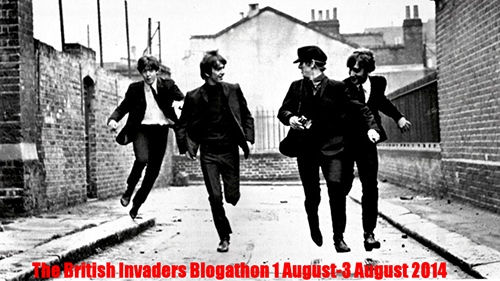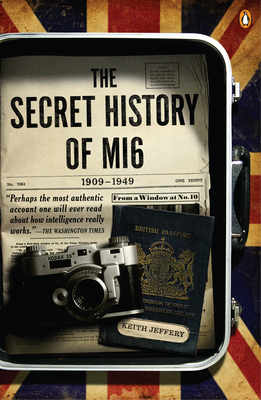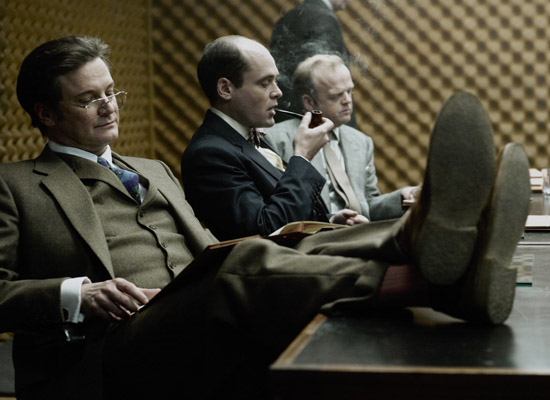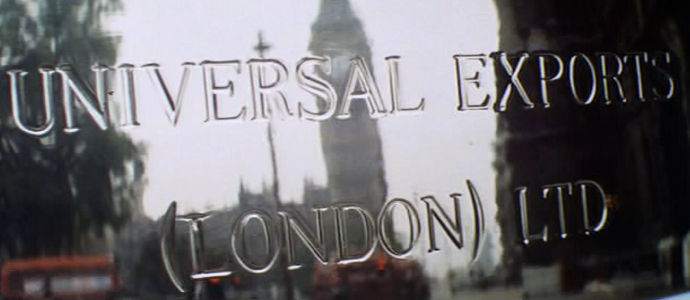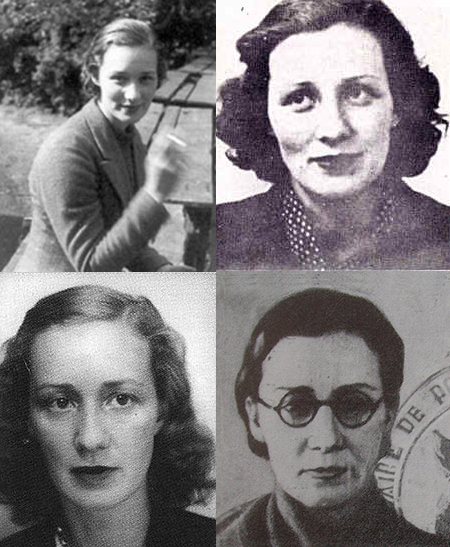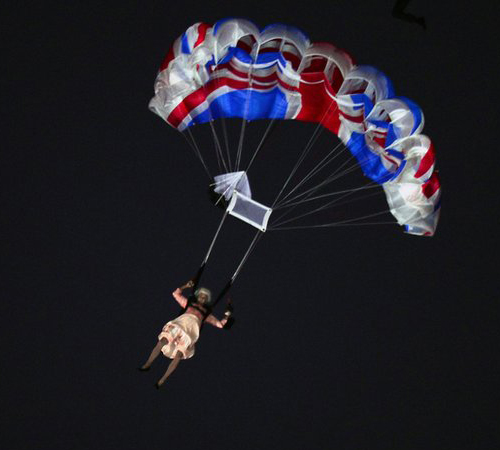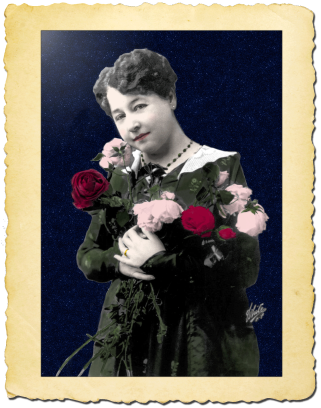Hollywood of the Rockies: Colorado, the West and America’s Film Pioneers by Michael J. Spencer covers the twenty years that the Centennial State functioned as a movie production center, 1895 through 1915. Spencer thoughtfully begins the book with a brief recap of the “little tragedies and comedies” of America’s nascent film industry. This overview gives welcome context for the more specific history to follow.
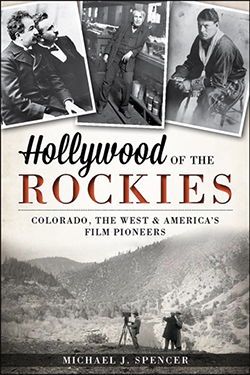 Spencer has an engaging, conversational style, and while there is some repetition, he tells the story in a compulsively readable way. His analogies between our time and a hundred years ago make the book an even more relevant read. For instance, he compares the pre-commercial era of film to the early days of YouTube. Just as with YouTube, there were early adopters. In Colorado’s case, its temporary status as a movie capital was essentially the work of two such individuals, “Colonel” William Selig and Harry “Buck” Buckwalter, who managed to sell folks back East on the desirability of authentic Western scenery for films.
Spencer has an engaging, conversational style, and while there is some repetition, he tells the story in a compulsively readable way. His analogies between our time and a hundred years ago make the book an even more relevant read. For instance, he compares the pre-commercial era of film to the early days of YouTube. Just as with YouTube, there were early adopters. In Colorado’s case, its temporary status as a movie capital was essentially the work of two such individuals, “Colonel” William Selig and Harry “Buck” Buckwalter, who managed to sell folks back East on the desirability of authentic Western scenery for films.
Selig had invented his own projector and in the ’00s, acted as producer and distributor for Buckwalter’s numerous Colorado travelogues. Many of these involved product placement deals, innovative at the time, with railroad companies. Buckwalter’s facility with trains led to his hiring as a consultant on The Great Train Robbery in 1903. This was a “Western” epic, but it was filmed at Thomas Edison’s New Jersey studio. Buckwalter naturally thought that he and Selig could make some bank by providing genuine Western scenery — but they would have to get beyond travelogues.
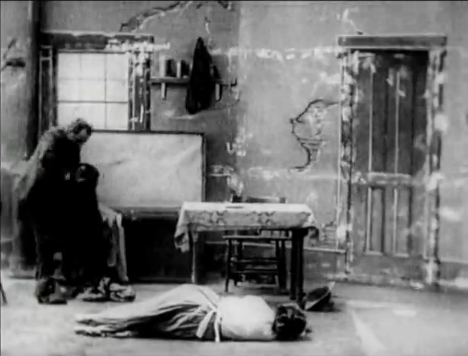
Their first narrative, Tracked by Bloodhounds, or A Lynching at Cripple Creek, featuring Colorado’s bluffs, valleys, and mountain ridges, was gritty and violent — and, Spencer writes, “a tremendous success….Moviegoers would never accept an East Coast backdrop for a Western again.” Much as today’s audiences can spot sketchy CGI in a few seconds, audiences over a hundred years ago could detect bogus scenery. This led to terms like “Eastern Western,” used to describe a film set in the West but obviously shot in the East, by those who had never been east of Pennsylvania.
Spencer also gives the cultural context for the immense popularity of the Western in general. In the U.S., the genre was an archetypal multimedia phenomenon, exemplified by Buffalo Bill’s Wild West live shows. And overseas, by the teens of the 20th century, the West itself as a valuable export. Via motion pictures, its scenery and inhabitants became the dominant representation of America around the world.
Thus Buckwalter, the Coloradan on-location producer and director, and Selig, the Chicago-based distributor and projector salesman, were uniquely positioned to capitalize on the Western craze, but they soon had competition. Gilbert Anderson, later known as “Broncho Billy,” and George Spoor, Selig’s projector rival, formed Essanay Film Manufacturing Company in 1907, and Anderson began producing and directing in Colorado as well. This competition had a personal angle to it: Anderson had briefly worked for Selig and been refused a partnership. Selig and Essanay spurred each other to new heights of production, and by 1912, Selig was churning out five films per week, to answer the high demand of store-front nickelodeons. (Anderson eventually became a huge star in front of the camera, but was supplanted by Selig star Tom Mix.)
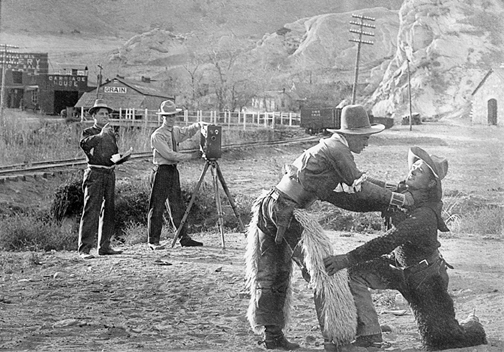 That year was the height of Colorado-based film production. A variety of concurrent factors — the rise of movie palaces, the advent of feature-length films, and World War I among them — conspired to concentrate the movie industry in Hollywood, so that very soon, “In the same way that there wasn’t much…automobile manufacturing outside of Detroit, movie production was becoming a scarce commodity outside Southern California.”
That year was the height of Colorado-based film production. A variety of concurrent factors — the rise of movie palaces, the advent of feature-length films, and World War I among them — conspired to concentrate the movie industry in Hollywood, so that very soon, “In the same way that there wasn’t much…automobile manufacturing outside of Detroit, movie production was becoming a scarce commodity outside Southern California.”
Though Colorado’s movie-making heyday was over, Spencer gives a fascinating account of those who persisted, and helpfully wraps up the book’s first section with an entertaining “Where Are They Now” section, recounting the fates of the major players. The second section of the book is equally valuable. “Before, During and After” details the cultural environment from which cinema emerged in the first place, and serves as one of the most clear and economical summaries of cinematic history I’ve ever read. The third section details where readers may be able to find the films mentioned in the book and gives a suggested reading list.
Hollywood of the Rockies is an informative and fun read about Colorado’s largely unknown chapter of film history. I’d never heard of most of the people involved, and by telling their story in the context of the overall field, Spencer sheds new light on movie-making in general. Highly recommended for the film fan or history buff on your Christmas list, the book is available online here.

